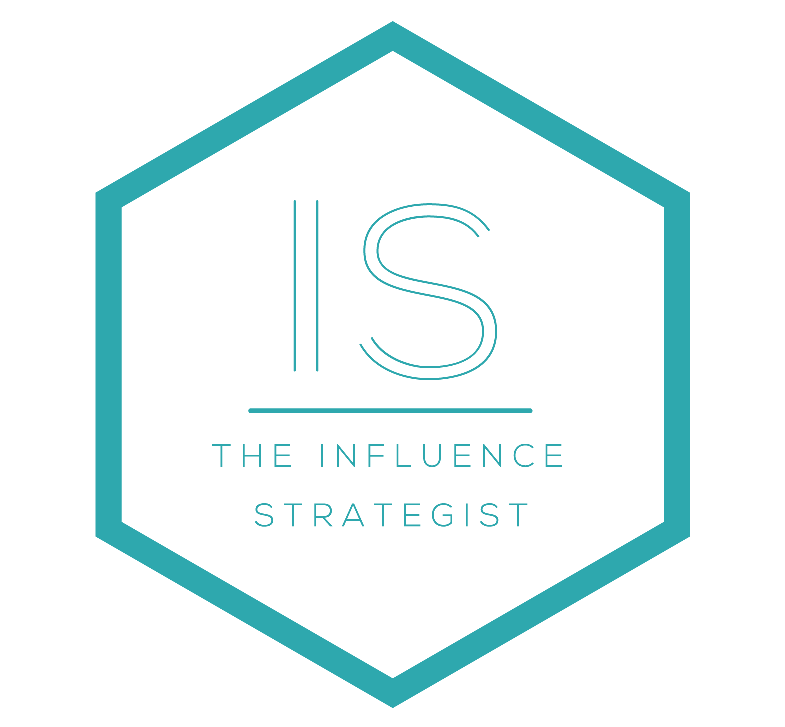THE INFLUENCER MATCH TOOL (TM)
Dudley nevill-Spencer - feb 2014
Back in 2013, there was a increasing problem that was facing many global brands I was creating Influencer, social and entertainment campaigns for.
The issue was that most global brands had marketing teams running multiple Influencer / talent / gifting campaigns and often the Influencer choices being made were not a good fit for the brands values or personality.
Agents would often recommend anyone that would make their 20% fee as large as possible and there were lots of "friends" being chosen, or sometimes the choices were just wrong - this is a subjective business after all.
When it comes to Influencers, it is really about determining what kind of an audience (or audiences) you are trying to appeal to, and splitting your budget between the various categories of influencer.
Counterintuitively, this does not mean looking for an Influencer who matches your targets demo and psychographics - it means looking for an Influencer whose audience matches your target consumer. (its slightly different for Celebrity endorsements). You might still need someone who is an expert in a particular area but the next stage is to ensure their followers are the kind of people you want to reach.
There are lots of tools to help you to do this but the best search by audience and followers , they give you all the "quantitative" data.
Once you have achieved a shortlist you then need to consider if they represent your brands values. - the "qualitative" data. To enable this I created "The Influencer match Tool TM" back in 2014, and used it for multiple global brands. I built it out of the need for global brand teams to guide their markets correctly and save time choosing the right kind of Influencers.
Step 1) The process starts by a Brand filling out a "brand values map", listing the values that are most important to it on a scale of 1 to 10.
The Brand values map
This proved to be a highly valuable process in itself as the Executive teams were forced to all agree where their brand values sat - it created lots of lively discussions as team members discussed where their brand was and where they wanted it to be in the future.
STEP 2) Influencers in question are then graded on the same system, this can be done manually, subjectively, or you can use social data and Machine Learning Tools to automate the process - but we recommend human eyes always give it the once over.
STEP 3) Overlay the two for a "Percentage Match".
The image below was for a real campaign I did for a skin care brand looking for an Ambassador.
The Brand / Influencer Values overlay
The end result was brands setting limits where they would only work with Influencers who who had say a minimum 75% values match. What happens is quite remarkable. if Internal teams are forced to evaluate their own Influencer recommendations they tend to be very cautious and provide excellent choice. If agencies are made to follow the programme it emboldens them to make choices that they think are right, not choices that they think will just be accepted by the client.
The volume of Influencer recommendations also reduced significantly, saving lots of time and giving clarity and alignment on the Influencers and celebrities that brands did, or didn't, work with.
Systems like this are not perfect, but they help create alignment and save time in what is a highly subjective business.


